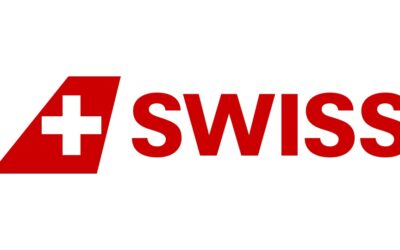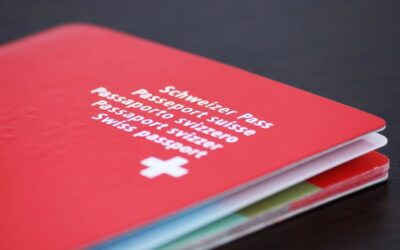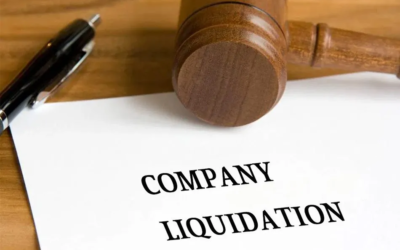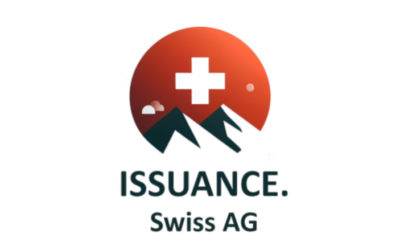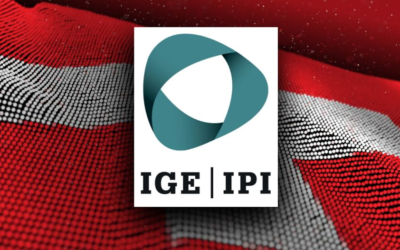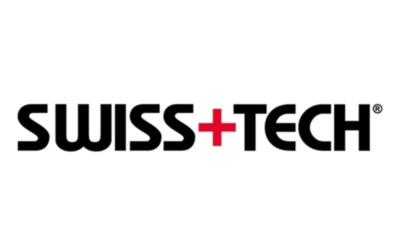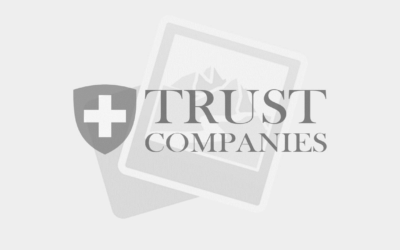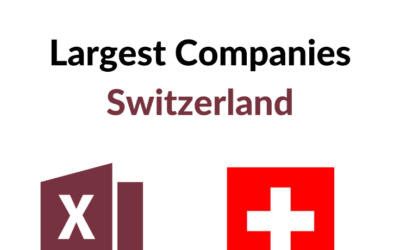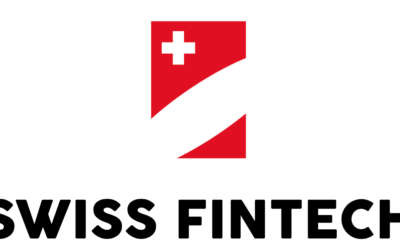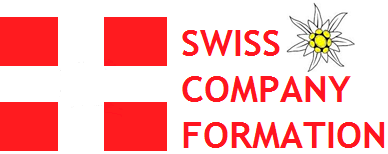Would you talk with someone in our company regarding any issues? Just drop us a line!
- 1 Understanding Fixed Assets in Switzerland
- 2 Types of Fixed Assets: Tangible, Intangible, and Financial
- 3 Depreciation of Fixed Assets: Core Methods and Strategies
- 4 Strategic Insights into Swiss Fixed Asset Management and Reporting
- 5 Integrating Education Deductions into Your Swiss Tax Return
- 6 Key Metrics: Analyzing Capital Performance Through Assets
- 7 Balancing Tangible and Intangible Investments
- 8 Best Practices for Fixed Asset Optimization in Swiss Businesses
- 9 Fixed Assets and Tax Planning Synergies
- 10 Conclusion: Asset Mastery as a Growth Enabler
- 13 FAQ about Understanding Fixed Assets

Understanding Fixed Assets in Switzerland: Legal Framework and Financial Strategy
In the dynamic financial ecosystem of Switzerland, fixed assets play a fundamental role in defining a company’s operational efficiency and long-term strategy. Whether it’s tangible machinery, intellectual property, or long-term equity investments, these resources form the foundation of productive business infrastructure. Yet, understanding the classification, valuation, and depreciation of fixed assets under the Swiss Code of Obligations fixed assets framework is no small task.
Swiss companies are obligated to maintain transparent and compliant accounting records that accurately reflect their book value fixed assets and align with Swiss accounting standards. These principles apply across all corporate structures, from Swiss AG to Swiss GmbH, as explained in this helpful formation guide: https://swisscompanyformation.com/articles/blog/gmbh-in-switzerland-comprehensive-guide-to-formation-benefits-and-legal-requirements-in-2024/
Types of Fixed Assets: Tangible, Intangible, and Financial
Fixed assets in Switzerland fall into three main categories:
- Tangible fixed assets: Machinery, buildings, vehicles, tools, and IT hardware. These have physical presence and provide long-term value.
- Intangible fixed assets: Patents, software, licenses, and goodwill. These are often overlooked yet critical for modern business models.
- Financial fixed assets Switzerland: Long-term equity stakes, intercompany loans, or holdings in subsidiaries.
Each category requires separate accounting treatment and specific depreciation rules. Compliance with the Swiss Code of Obligations fixed assets ensures consistency in how assets are listed, valued, and adjusted across fiscal periods.
Additionally, when starting or restructuring a Swiss company, properly classifying and documenting assets is essential for audit readiness and tax planning. Details on company structuring can be found here: https://swisscompanyformation.com/articles/blog/swiss-company-establishing-a-foundation-and-verein/
Depreciation of Fixed Assets: Core Methods and Strategies
Once assets are capitalized on the balance sheet, companies must reduce their value over time to reflect usage and obsolescence. Two widely accepted methods are:
- Straight-line depreciation Switzerland – Ideal for assets with consistent utility over time (e.g., office furniture or buildings).
- Declining balance depreciation Switzerland – Suited for technology or vehicles that lose value more quickly in early years.
Businesses can also apply performance-based depreciation, particularly in industrial sectors. The depreciation method selected should reflect the economic life and usage pattern of the asset.
| Depreciation Method | Key Advantage |
| Straight-line | Easy to apply and predictable expenses |
| Declining balance | Accelerates tax deductions in early years |
| Performance-based | Matches costs with actual usage |
For reference on Swiss depreciation rules, visit: https://www.estv.admin.ch/estv/en/home/mehrwertsteuer.html
Proper depreciation directly affects taxable profit. When done strategically, it creates legitimate opportunities for balance sheet optimization Switzerland and improves performance indicators like return on assets Switzerland or capital intensity ratio.
Strategic Insights into Swiss Fixed Asset Management and Reporting
Once a business has classified its assets and selected the appropriate depreciation model, it must focus on Swiss fixed asset accounting. This includes monitoring depreciation entries, re-evaluating asset value changes, and tracking disposal or impairment events. For instance, under Swiss law, companies must distinguish between eligible depreciation and unaccounted non-operational impairments.
One of the key financial strategies companies use is to adjust their asset coverage ratio to align with long-term debt obligations. If your fixed asset base is overstated or misaligned with the actual book value fixed assets, your leverage metrics may reflect inaccurate creditworthiness.
To learn how these principles apply to financial planning in Switzerland, explore this federal-level guide: https://www.fedlex.admin.ch/eli/cc/1991/125_125_125/en

Asset Valuation: Legal Framework and Compliance Essentials
Proper asset valuation Switzerland is vital, especially when preparing tax returns or undergoing audits. Companies must ensure that fixed assets are listed at acquisition cost, adjusted for depreciation. Any upward revaluations are tightly regulated under the Swiss Code of Obligations fixed assets sections.
A company aiming to enhance its fiscal efficiency should integrate Swiss accounting services to stay compliant and optimize reporting. Such services often assist in generating GAAP-aligned schedules for financial fixed assets Switzerland, intangible assets, and investments held in foreign currencies.
An example of this integration can be seen in comprehensive tax planning for swiss taxes, where asset classification plays a critical role in deductible and deferred tax treatments.
Key Metrics: Analyzing Capital Performance Through Assets
Switzerland’s capital-intensive industries rely heavily on asset efficiency ratios:
| Metric | Purpose | Benchmark Range |
| Fixed Asset Turnover Ratio | Measures revenue per CHF of asset investment | 1.5–3.5 |
| Return on Assets | Gauges overall profitability from total asset base | 5% – 12% |
| Capital Intensity Ratio | Highlights capital dependency per unit of output | Varies by industry |
These metrics allow companies to assess not only profitability but also the efficiency of performance-based depreciation policies. Higher turnover ratios typically suggest optimized asset utilization, while lower values may prompt asset write-downs or realignment.
In industries like logistics and precision engineering, using the correct Swiss depreciation methods significantly affects whether these metrics meet expectations.
Explore practical guidance on opening a Swiss corporate bank for asset handling.
Balancing Tangible and Intangible Investments
While many companies focus on tangible fixed assets, there’s a growing shift towards capitalizing intangible fixed assets—especially in SaaS, biotech, and IP-heavy sectors. Licensing agreements, software development, and data analytics solutions can be capitalized if they meet recognition standards.
At the same time, companies must differentiate between:
- Operational intangible assets that qualify for amortization
- Brand or goodwill entries, which are typically non-amortizable unless impaired
The interplay between tangible and intangible capitalization is especially relevant in digital transformation strategies. With increasing adoption of cloud-based platforms, many firms utilize Swiss accounting services to manage valuation and amortization schedules effectively.
Also relevant: for those relocating operations or assets to Switzerland, this residency and setup guide is helpful: https://swisscompanyformation.com/articles/blog/your-ultimate-guide-to-the-swiss-residence-permit-how-to-live-in-switzerland/

Best Practices for Fixed Asset Optimization in Swiss Businesses
As businesses mature and their asset portfolios expand, the focus often shifts from compliance to performance. The efficient management of fixed assets Switzerland enables not just regulatory alignment but measurable business growth. Leading Swiss companies increasingly utilize advanced software tools and outsourced services to streamline their Swiss fixed asset accounting processes.
These systems often integrate:
- Asset tagging and classification modules
- Depreciation forecasting tools
- Customizable reporting dashboards aligned with Swiss accounting standards
Furthermore, entities structured as swiss ag or swiss gmbh benefit from automation when reporting asset-related metrics during annual financial disclosures.
Table: Common Challenges and Solutions in Swiss Asset Management
| Challenge | Solution |
| Inconsistent depreciation schedules | Standardize via straight-line or declining balance model |
| Unclear asset classification | Use external Swiss accounting services |
| Regulatory uncertainty | Consult legal sources like https://www.seco.admin.ch |
| Audit risks from intangible valuations | Maintain amortization logs with justifiable entries |
| Lack of reporting visibility | Adopt digital fiduciary systems |
Fixed Assets and Tax Planning Synergies
Swiss businesses that handle assets strategically often achieve better tax outcomes. For example, timing major capital purchases before year-end can maximize depreciation of fixed assets allowances, especially in cantons with more favorable rates.
This is particularly relevant for asset-heavy startups working toward balance sheet optimization Switzerland. Early-stage ventures should also consider capitalizing R&D investments under the category of intangible fixed assets if eligibility criteria are met. For these businesses, leveraging Swiss accounting services is often more cost-effective than building in-house accounting departments.
Understanding tax implications tied to depreciation and write-downs is vital. Refer to the Swiss VAT system overview here: https://www.estv.admin.ch/estv/en/home/mehrwertsteuer.html
Also, for entrepreneurs evaluating Switzerland as a launchpad, consider this insight on swiss company structuring.
Conclusion: Asset Mastery as a Growth Enabler
Whether you’re a mid-sized manufacturer or an expanding tech firm, managing fixed assets in Switzerland requires more than just bookkeeping. It demands a combination of strategic insight, legal awareness, and digital modernization.
By applying optimized Swiss depreciation methods, monitoring metrics like the fixed asset turnover ratio, and aligning with the Swiss Code of Obligations fixed assets rules, you set your business on a path toward operational excellence and investor confidence.
Would you talk with someone in our company regarding any issues? Just drop us a line!
FAQs
Fixed assets in Switzerland include tangible, intangible, and financial assets used over the long term in business operations, following Swiss Code of Obligations fixed assets principles.
Depreciation of fixed assets follows methods like straight-line depreciation Switzerland or declining balance depreciation Switzerland, based on asset usage and legal standards.
Yes, if they are operational and meet recognition criteria. Swiss depreciation methods apply, though goodwill may be non-depreciable unless impaired.
A uniform method where the asset loses value evenly over its useful life. Common in real estate and furniture accounting.
Book value reflects the depreciated cost recorded on the balance sheet, not necessarily the asset’s current market worth.
It mandates acquisition cost-based valuation adjusted for depreciation, with strict rules for upward revaluation.
By leveraging Swiss accounting standards to time capital purchases, align depreciation strategy, and balance liabilities with the asset coverage ratio.
A method where depreciation aligns with actual asset usage — common in high-variation sectors like manufacturing.
Incorrect valuation can affect deductions, reporting obligations, and compliance with Swiss tax return education costs.
Swiss accounting services and digital fiduciary Switzerland solutions offer tracking, valuation, and legal compliance support.















